Results 11,791 to 11,800 of 12089
Thread: Anandtech News
-
07-06-23, 05:50 AM #11791
Anandtech: ASRock Goes Low-Profile with New Arc A380 Graphics Card
As Intel's slate of video card board partners has expanded over the last year, so has the variety in the ecosystem, as the newly minted partners set out to design their own unique products around Intel's fledgling GPU family. This, thankfully, is starting to include some underserved markets such as low profile vide cards, which have been left behind in the focus on bigger-and-better video cards. Which brings us to ASRock's latest Arc A380 graphics card, a new low-profile A380 design that brings Intel's entry-level discrete GPU to smaller systems.
As far as specifications are concerned, ASRock's Arc A380 Low Profile 6GB (A380 LP 6G) is a typical Arc A380 product that carries Intel's ACM-G11 GPU (1024 stream processors, 2.0 GHz) coupled with 6GB of GDDR6 memory attached via a 96-bit interface. Remarkably, the card maintains a TDP below 75W, which eliminates the need for an extra power connector. This makes it a potential upgrade for small form factor machines and older PCs that do not have a spare PCIe power connector.
It should be noted, however, that while the A380 LP 6G is a low-profile card, it is still a relatively powerful card, necessitating a dual-slot cooler. So while the card should work with the majority of compact PCs, it may still be a bit too big for the smallest of systems.
The low-profile design of the ASRock Arc A380 graphics card suggests that it is not necessarily targeting even entry-level gaming machines. Instead, it appears to be a reasonable choice for minimalist office PCs and home theater PCs (HTPCs). Speaking of office PCs, ASRock's Arc A380 Low Profile 6GB graphics card only has two display outputs: one DisplayPort 2.0 and one HDMI 2.0b. This characteristic sets a constraint for applications that require more than two monitors. Of course, far not all office PCs need three or more displays, but ASRock's board will be unusable for things like video walls that are typically driven by compact PCs.
ASRock's low-profile Arc card should be available at retail soon. Though at least for the moment, the company is not listing a price for the pint-sized product.
More...
-
07-06-23, 06:57 PM #11792
Anandtech: Adata Reveals Its First PCIe Gen5 SSD: Legend 970
Adata has introduced its first PCIe 5.0 SSD, the Legend 970. A Phison E26-based design, the Legend 970 pairs Phison's high-end controller with a sophisticated active cooling system that promises predictable performance even under high loads. The Legend 970 SSD is aimed at high-performance desktops that can take advantage of fast storage devices.
Adata's Legend 970 drives come in 1 TB and 2 TB capacities and are rated for an up to 10,000 MB/s sequential read/write speed as well as a 1.4 million random read/write IOPS, performance levels in line with those of many current-generation enterprise-grade SSDs. The drives fully support all modern SSD technologies that one comes to expect from a contemporary drive, including SLC cache, Low Density Parity Check Code (LDPC) error correction, and AES 256-bit high-level encryption.
Like other PCIe Gen 5 SSDs available now, the Legend 970 product uses Phison's PS5026-E26 controller. As for memory, the drives use Micron's 232-layer TLC NAND with a 1600 MT/s interface.
One of the key selling points of Adata's Legend 970 is its cooling system, which although a bit on the bulky side of matters, is designed to be robust enough to keep the drive from thermal throttling even under high, sustained loads. Though at 80.6×24.2×17.9mm in size, the resulting SSD is decided a desktop part – and even then the drive will need a fair bit of clearance to fit.
Adata's iniital Legend 970 SSD will eventually be joined by at least one other PCIe 5.0 SSD as well. The company's XPG division is working on their NeonStorm SSD, which uses a self-contained liquid cooling system, and is rated for read speeds of up to 14GB/second (thanks to TLC NAND with a 2400 MT/s interface).
Adata's Legend 970 drives will come with a five-year global warranty. The company hasn't published any pricing information, though we'd expect the drives to be more or less in line with other first-generation PCIe Gen5 SSDs.
More...
-
07-06-23, 06:57 PM #11793
Anandtech: El Capitan Installation Begins: First APU-based Exascale System Shaping Up
Lawrence Livermore National Laboratory had received the first components of its upcoming El Capitan supercomputer and begun to install them, the laboratory announced on Wednesday. The system is set to come online in mid-2024 and is expected to deliver performance of over 2 ExaFLOPS.
LLML's El Capitan is based on Cray's Shasta supercomputer architecture and will be built by HPE, just like two other exascale systems in the U.S., Frontier and Aurora. Unlike the first two exascale machines, which use a traditional discrete CPU plus discrete GPU configuration, the El Capitan supercomputer will be the first one based on AMD server-grade APUs that integrate both processor types in to a single, highly connected package.
AMD's Instinct MI300A APU incorporates both CPU and GPU chiplets, offering 24 general-purpose Zen 4 cores, compute GPUs powered by the CDNA 3 architecture, and 128 GB of unified on-package HBM3 memory. AMD has been internally evaluating its Instinct MI300A APU for months, and it appears that AMD and HPE are now ready to start installing the first pieces of hardware that make up El Capitan.
According to pictures released by the Lawrence Livermore National Laboratory, its engineers have already put a substantial number of servers into racks. Though LLNL's announcement leaves it unclear whether these are "completed" servers with production-quality silicon, or pre-production servers that will be filled out with production silicon at a later date. Notably, parts of Aurora were initially assembled with pre-production CPUs, which were only swapped out for Xeon CPU Max chips over the past couple of months. Given the amount of validation work required to stand-up a world-class supercomputer, AMD and HPE may be employing a similar strategy here.
"We have begun receiving & installing components for El Capitan, first #exascale #supercomputer," a Tweet by LLNL reads. "While we are still a ways from deploying it for national security purposes in 2024, it is exciting to see years of work becoming reality."
When it comes online in 2024, LLNL is expecting El Capitan to be the fastest supercomputer in the world. Though with its full specifications still being held back, it's not clear how much faster it is on paper compared to the 2 EFLOPS Aurora – let alone real-world performance. Part of the design goal of AMD's MI300A APU is to exploit additional performance efficiency gains that come from placing CPU and GPU blocks so close together, so it will be interesting to see what the software development teams programming for El Capitan can achieve, especially as they get their software further optimized.
LLNL's El Capitan is expected to cost $600 million. The system will be used nuclear weapons simulations and will be crucial for the U.S. national security. It replaces Sierra, a supercomputer based on IBM Power 9 and NVIDIA Volta accelerators, and promises to offer performance that is 16 times higher.
Gallery: El Capitan Installation Begins: World's First 2 ExaFLOPS Supercomputer



More...
-
07-11-23, 04:07 PM #11794
Anandtech: Intel Set to Exit NUC PC Business - Pushes Partners to Develop More SFF PC
Intel has disclosed today that it will halt further development of its small form factor Next Unit of Compute (NUC) PCs. The tech giant expects its partners to take over and keep serving markets served by its NUC systems as it focuses on much more profitable chips businesses.
"We have decided to stop direct investment in the Next Unit of Compute (NUC) Business and pivot our strategy to enable our ecosystem partners to continue NUC innovation and growth," a statement by Intel reads. "This decision will not impact the remainder of Intel’s Client Computing Group (CCG) or Network and Edge Computing (NEX) businesses. Furthermore, we are working with our partners and customers to ensure a smooth transition and fulfillment of all our current commitments – including ongoing support for NUC products currently in market."
Intel entered PC business with its ultra-compact NUC desktops in 2013, around the time it exited motherboards market. Initially, the company only targeted SOHO market with its NUC barebones and PCs, but eventually it greatly expanded its NUC range with systems aimed at corporate users that need things like remote management and appropriate support, and even gaming machines.
Intel's NUC systems have garnered considerable popularity over the years, going toe-to-toe with similar offerings from established PC brands. While small form factor existed before the NUC (and will exist after), Intel's efforts to invigorate the space with its NUC designs were by and large successful, and a lot of the public experimentation we've seen done in the space over the last several years has come from Intel.
Nevertheless, Intel's OEM partners/rivals haven't been standing still during this time, and Intel has fallen behind in some areas. None of Intel's NUCs ever moved to being powered via USB Type-C (something ASUS already does), and Intel's more recent enthusiast NUCs have struggled to differentiate themselves from the competition. Overall, maintaining a wide variety of desktops and laptop platforms has been somewhat taxing (if not distracting) for Intel, whose primary focus lies in the semiconductor industry, rather than finished devices.
While Intel isn't citing any specific reasons in their decision to wrap up development of new NUC PCs, given the contracting PC market and the intense rivalry therein, we wouldn't be surprised if Intel was being rocked by the same market forces that have been putting a squeeze on other PC OEMs. Intel has already reduced its focus on NUCs in the recent years, never offering Performance versions of its 12th and 13th Generation NUCs – and we cannot say that that those machines were missed by the audience. Meanwhile, Intel's enthusiast-grade Extreme NUCs have evolved to be more like fully-fledged desktops rather than compact systems, getting farther and farther away from the NUC's tiny roots. And while the add-in card form-factor used by the NUC Extreme lineup has always looked promising, it is unclear whether they have even been a success for Intel.
Ultimately, as Intel has continued to shed and shutter non-core businesses, it is not entirely unexpected that Intel is axing its NUC program. In its place, the company is urging its OEM/ODM partners – whose bread and butter is designing and selling complete systems – to continue producing and innovating on compact machines for the small office/home office market, business clientele, and gamers. This leaves Intel free to refocus on the highly lucrative chip manufacturing business, as CEO Pat Gelsinger has made a priority over the past couple of years.
Intel's NUC will not be the first business divested by Intel in the recent years. To focus on development on leading-edge CPUs, GPUs, and other lucrative products, Intel left the NAND memory and SSD businesses, axed Optane SSDs, ceased development of notebook models, and even sold its prebuilt server business to MiTAC.
More...
-
07-11-23, 04:07 PM #11795
Anandtech: El Capitan's Little Brother Tuolumne Can Conquer Most Top 10 Supercomputer
Lawrence Livermore National Laboratory (LLNL) started to install its El Capitan supercomputer that promises to achieve computational performance of over 2 FP64 ExaFLOPS for classified national security research. Parallel to this, the LLNL also plans to introduce a less potent but still extremely fast supercomputer named Tuolumne. This companion model will be dedicated to unclassified research and will offer 10% to 15% of El Capitan's computational prowess, which is still enough to beat most of the systems in the current Top500 supercomputer list.
While LLNL's El Capitan will not be the first exascale system and will not even be the first to break 2 FP64 ExaFLOPS performance record, it is still a very special system as it will be the first exascale supercomputer to use AMD's Instinct MI300A accelerated processing units comprising of Zen 4 x86 cores and CDNA 3-based compute GPUs. When El Capitan goes online, it will substantially outpace Frontier, the world's fastest PC, which is rated for an Rpeak performance of 1.679 FP64 ExaFLOPS.
Tuolumne is expected to use similar architecture to El Capitan, so it will also use Instinct MI300A APU. Even with just a tenth of El Capitan's performance, Tuolumne will join the upper echelons of the global supercomputers list, capable of delivering 200 PetaFLOPS. This potential performance could place it among the Top 10 supercomputers listed in the current Top 500 list. Still, if it manages to deliver 15% of El Capitan's performance, it could rival Leonardo, a supercomputer powered by Intel Xeon Platinum 8358 and Nvidia A100 with an Rpeak performance of 304.47 PetaFLOPS, which is currently ranked as the fourth fastest supercomputer.
"We are planning to get an unclassified system that will be called Tuolumne," said Bronis R. de Supinski in an interview with ExaScaleProject.org. De Supinski is the chief technology officer for Livermore Computing at LLNL. "It will be roughly between 10% to 15% the size of El Capitan."
Supercomputers with classified status, like the existing Sierra and the planned El Capitan at LLNL, primarily serve national security needs. According to Bronis R. de Supinski, El Capitan will be mainly used for the stockpile stewardship program, ensuring the reliability of nuclear weapons without resorting to real testing. Conversely, unclassified supercomputers, like the upcoming Tuolumne, serve diverse computational requirements spanning various scientific fields, from research and engineering simulations to data analysis and weather prediction.
"Tuolumne will be contributing more to the wider range of scientific areas," de Supinski added. "There's a lot of materials modeling. We have typically had a wide range of molecular dynamics. Some QCD get run on the system, seismic modeling. What will probably happen is that you know, those sorts of applications, climate, and that sort of thing will run on Tuolumne. And if there is a particular case to be made, we can occasionally provide for briefer runs on the big system."
Source: ExaScaleProject.org
More...
-
07-12-23, 04:08 PM #11796
Anandtech: AMD Quietly Introduces Ryzen 3 5100 Quad-Core Processor For AM4
Further to AMD's latest Micro Center exclusive processor, the Ryzen 5 5600X3D with 3D V-Cache, AMD has seemingly introduced a budget-focused quad-core processor based on their Zen 3 architecture. Officially confirmed via GIGABYTE's CPU support pages for their AM4 motherboards, an unannounced Zen 3 CPU is listed in the way of the Ryzen 3 5100 processor.
Despite offering a wide variety of their latest Ryzen 7000 chips based on the Zen 5 architecture, AMD looks to be making good on their promise of still supporting their AM4 platform as we advance, but how many more chips are still to come remains to be seen. Despite its growing age, the AM4 platform still offers exceptional value for money, primarily through their X3D chips with additional 3D packaged V-Cache.
Despite AMD offering no official clarification on the launch of the Ryzen 3 5100, GIGABYTE is listing this processor through its official CPU support lists on their AM4 motherboards, which confirms this chip exists. When a processor makes it onto a CPU support list, this means that the processors in question, such as the Ryzen 7 5700 and Ryzen 3 5100, have been tested on the relevant platform and motherboard to confirm compatibility, as well as operating at the intended specifications by the processor manufacturer; in this case, AMD.
GIGABYTE also lists the Ryzen 7 5700, which appears to be a 'new' SKU, at least because it has been unobtainable through retail channels. This isn't the case, as AMD confirmed that the Ryzen 7 5700, based on the same Cezanne Core typically found on AMD's Ryzen 5000 chips bearing the G nomenclature, has been available through OEM partners. One example is a variant of CyberPower's Gamer Master desktop system, which has the Ryzen 7 5700 and an NVIDIA GeForce RTX 3060 graphics card.
Touching more on the Cezanne core, the G nomenclature denotes that the chip has integrated graphics. These were part of AMD's APU line-up, which included solid entry-level integrated graphics alongside the current generation cores taken from the regular desktop series. Although the typical Vermeer cores were the mainstay of the Zen 3 desktop processors, it's possible that AMD recycled some of its APUs for the Ryzen 7 5700 and Ryzen 3 5100, which is one reason they might have the Cezanne cores but without the integrated graphics.
*AMD Ryzen 5 5600X3D is a Micro Center Exclusive processor.AMD Ryzen 5000 Series Processors for Desktop
(Zen 3) As of 07/11/23AnandTech Core/
ThreadBase
Freq1T
FreqL3
CacheCore uArch iGPU TDP Price
(Amazon)Ryzen 9 5950X 16 32 3400 4900 64 MB Vermeer - 105 W $440 Ryzen 9 5900X 12 24 3700 4800 64 MB Vermeer - 105 W $275 Ryzen 9 5900 12 24 3000 4700 64 MB Vermeer - 65 W OEM Ryzen 7 5800X3D 8 16 3400 4500 96 MB Vermeer - 105 W $278 Ryzen 7 5800X 8 16 3800 4700 32 MB Vermeer - 105 W $236 Ryzen 7 5800 8 16 3400 4600 32 MB Vermeer - 65 W OEM Ryzen 7 5700X 8 16 3400 4600 32 MB Vermeer - 65 W $174 Ryzen 7 5700G 8 16 3800 4600 16 MB Cezanne 8CU, 2000 MHz 65 W $178 Ryzen 7 5700 8 16 3700 4600 16 MB Cezanne - 65 W OEM Ryzen 5 5600X3D 6 12 3300 4400 96 MB Vermeer - 105 W $230* Ryzen 5 5600X 6 12 3700 4600 32 MB Vermeer - 65 W $134 Ryzen 5 5600 6 12 3500 4400 32 MB Vermeer - 65 W OEM Ryzen 5 5600G 6 12 3900 4400 16 MB Cezanne 7CU, 1900 MHz 65 W $129 Ryzen 3 5300G 4 8 4000 4200 8 MB Cezanne 6CU, 1700 MHz 65 W - Ryzen 3 5100 4 8 3800 4200 8 MB Cezanne - 65 W ?
The AMD Ryzen 3 5100 is an entry-level quad-core (4C/8T) offering, which is also based on AMD's APU-focused Cezanne microarchitecture. Outside of the Ryzen 5000G series of chips, the Ryzen 3 5100 is also the only quad-core variant for desktops from the 5000 series that doesn't feature integrated graphics. The Ryzen 3 5100 comes with a modest 8 MB of L3 cache, a base frequency of 3.8 GHz. a boost frequency of up to 4.2 GHz, support for DDR4-3200 memory, and a 65 W TDP.
Despite the Ryzen 7 5700 not being available in retail channels, the Ryzen 7 5700 (8C/16T) is only available through OEM channels, and Ryzen 3 5100 (4C/8T) looks to bolster the already extensive selection of chips compatible with AMD's AM4 platform. It is worth noting that these chips have been supported on GIGABYTE's B550 Gaming X motherboard since BIOS revision F14, which is a more recent update as GIGABYTE's AM4 platform is currently sitting on the F16c firmware at the time of writing.
Touching on availability, the Ryzen 3 5100 was meant to be part of a selection of chips due to launch last year around the same time as the Ryzen 7 5800X3D did in April 2022. Alas, that did not happen as expected, and we did reach out to AMD, who confirmed the Ryzen 7 5700 has been available in OEM channels since last year. The Ryzen 3 5100 could be OEM only, but there are no examples of this chip in any OEM partner systems (not that we can find), and AMD remains tight-lipped on its existence or availability.
More...
-
07-13-23, 02:29 PM #11797
Anandtech: ASRock Announces Taichi Lite Motherboards: Same Specs, Less RGB
Last month at Computex, ASRock unveiled two new Taichi-inspired motherboards based on a 'lite' approach to aesthetics and design, which they called Taichi Lite. Today, ASRock has officially announced the new Taichi Lite series motherboards to the market with two new models, the ASRock Z790 Taichi Lite (Intel) and the B650E Taichi Lite (AMD). Both models feature the same controller sets as the 'non-lite' variations, with two primary differences; less RGB LED lighting onboard and a more straightforward overall design.
With the large swathes of RGB-clad components, peripherals, and accessories currently on the market allowing users to create a rainbow-themed discotheque in anyone's home, there's another side to the spectrum. Not everyone likes lots of RGB, and when it comes to bright clusters of RGB LED lighting emanating from just about everything these days. Some vendors, such as MSI, with its Unify series of motherboards, have created RGB-less designs that are sleek, stylish, and equally adept at providing the expected performance levels.
While ASRock hasn't taken it as far as MSI's Unify series by completely removing all of the RGB LEDs off of the PCB, the ASRock Taichi Lite series certainly removes many zones. Interestingly, ASRock's adopted a simpler design with less color on the heatsinks and a broader focus on blacks, silvers, and greys for an overall cleaner look. One critical fundamental change is removing a lot of the 'armor' that covers the bottom half of the board, which on the original Z790 Taichi also looks good. Users that don't want any RGB LED lighting can turn them off in the firmware or through the software included by each vendor, which is the same for most motherboards, at least ones we've tested over the years.
As the ASRock Z790 Taichi and the newer and lighter Z790 Taichi Lite share the exact core specifications, users can be confident that both boards should perform similarly. Some of the main specifications include an advertised 24+1+2 power delivery, with 105 A smart power stages, and support for up to DDR5-7200 memory. The ASRock Z790 Taichi Lite also has an uprated audio configuration with a Realtek ALC4082 HD audio codec doing the grunt work of the audio processing, with an ESS Sabre 9218 DAC and WIMA audio caps adding an additional layer of quality to the onboard audio capabilities. There are also two Thunderbolt 4 Type-C ports and a front panel USB 3.2x2 Type-C header, which supports 60 W fast charging.
Moving onto the ASRock B650E Taichi Lite, it follows a similar path to the Z790 Taichi Lite in that it takes a lighter approach to aesthetics compared to the corresponding model, which for this board is the regular B650E Taichi. Based on the cheaper B650E for AMD's latest Ryzen 7000 series processors, ASRock is also advertising a large 24+2+1 power delivery, with support for DDR5-6600 memory, and has the same Realtek ALC4082/ESS Sabre 9218 DAC combination as the current generation Taichi models. There's also one USB4 spec Type-C port, with one front panel USB 3.2 G2x2 header, but this doesn't feature 60 W charging capabilities.
The ASRock Z790 Taichi Lite for Intel's 13th Gen Core series processors and the B650E Taichi Lite for AMD's Ryzen 7000 chips include a similar networking configuration. This consists of a single Killer E3100 2.5 GbE controller and an unspecified Killer-based Wi-Fi 6E CNVi, which also support BT 5.3 devices. The ASRock Z790 Taichi Lite has an additional Ethernet port powered by an Intel I219V Gigabit Ethernet controller.
Gallery: ASRock Z790 & B650E Taichi Lite Motherboard Gallery_thumb.jpg)
_thumb.jpg)
_thumb.jpg)
_thumb.jpg)
_thumb.jpg)
_thumb.jpg)
Regarding pricing, ASRock highlights that the Taichi Lite series of motherboards will be cheaper than their regular Taichi counterparts, but at the time of writing, ASRock hasn't provided MSRPs. It is expected that both the ASRock Z790 Taichi Lite and the B650E Taichi Lite should start filtering out into retail channels immediately.
More...
-
07-14-23, 08:42 AM #11798
Anandtech: The XPG Cybercore II 1300W ATX 3.0 PSU Review: A Slightly More Modest High
Continuing our look at the first generation of ATX 3.0 power supplies, today we're looking a slightly more modest high-end design from XPG, the CYBERCORE II 1300W. An upgrade of the previous CYBERCORE series, the CYBERCORE II series currently consists of just two 80Plus Platinum units, rated at 1.0 kW and 1.3 kW respectively.
Within XPG's power supply lineup, the CYBERCORE II is their sub-flagship family; but you would be hard-pressed to tell just looking at the specifications. On paper there are very few differences between the CYBERCORE II and XPG's flagship Fusion series – the most prominent difference is the lower 80Plus certification (Platinum vs Titanium), as well as the lack of a digital interface, and a reduced number of 12VHPWR connectors (one vs two). The net result being that, even with some scaling back, the CYBERCORE II is still intended to be highly competitive within the broader high-end PSU market.
But, perhaps most importantly, the price tag of the CYBERCORE II units is less than half that of the respective Fusion units. This makes the series a very viable option for enthusiasts who are in the market for a very powerful PSU, but are not on a limitless budget.
More...
-
07-14-23, 09:19 PM #11799
Anandtech: Intel Foundry Services Readies Intel 16 Process: Low Power FinFET For Ever
Intel Foundry Services (IFS) this week soft-launched their new Intel 16 process technology, a 16nm-class node that will be used for the production of low-power chips for everyday workloads. The updated legacy node, derived from Intel's existing 22FFL process tech, is aimed at cost-conscientious customers who are producing simpler chips that don't require the performance offered by cutting-edge process nodes. Set to compete against nodes such as TSMC's N12e, budget nodes like Intel 16 typically see wide use in a variety of fields, ranging from aerospace and defense to IoT and radios.
First revealed by Intel a couple of years back, the ramp-up of Intel 16 comes as IFS is in the process of expanding its foundry offerings in order to offer the full range of process nodes that chip designers have come to expect from a contract fab. While not at the forefront of fab discussion as cutting edge nodes are, trailing-edge and mature process nodes are still used to produce a vast number of chips year after year, often simple chips that need few upgrades and may end up in production for a decade or longer.
TSMC, for its part, earns around 25% of its revenue by making hundreds of millions of chips using 40 nm and larger nodes. For other foundries, the revenue share share of 40nm and similar process technologies is even higher: SMIC and UMC earn over 80% of their revenue on mature nodes. Those chips have very long lifecycles – to the point that TSMC has a tough time persuading its customers to start using 28nm – underscoring their importance in the overall chip ecosystem, and the need for IFS to offer some cheaper, less advanced nodes to court these chips and their designers.
IFS's Intel 16 node targets a wide variety of applications, including application processors, analog, consumer electronics radio frequency (such as Wi-Fi and Bluetooth), mmWave, storage, military, aerospace, and government-usage chips. This FinFET-based technology is designed to hit a sweet spot between performance and cost, offering considerable transistor density and high performance thanks to its use of FinFETs, while still costing far less than leading-edge nodes where EUV machines and multi-patterning quickly drive up costs. Intel says that its 16nm-clss technology requires fewer masks as well as relatively simple back-end design rules. In essence, we're looking at a cost-optimized amalgamation of Intel's 22nm and 14nm nodes, bringing 22FFL a bit more forward without employing some of the more expensive aspects of 14nm.
The bulk of this week's announcements, in turn, are focused on chip design for the new node. Leading electronic design automation (EDA) and IP providers — Ansys, Cadence, Siemense EDA, and Synopsys — are all announcing their backing of the Intel 16 process technology with their certified software flows and IP. For example, Cadence has ported a range of its IP blocks to Intel 16, including PCIe 5.0; 25G-KR Ethernet multi-protocol PHY; multi-protocol PHY for consumer applications that support standards like PCIe 3.0 and USB 3.2; multi-standard PHY for LPDDR5/4/4X memory; and MIPI D-PHY v1.2 for cameras and displays. Additionally, Synopsys also has its AI-enabled Synopsys.ai toolkit that now supports Intel 16.
With the necessary tooling now in place, chip designers can start using design, verification, and simulation tools to develop their chips on IFS's 16nm-class fabrication technology. At this point it remains unclear when Intel expects to start fabbing chips on the Intel 16 process, though as it's based on mature designs, it's likely more a matter of when the first customer chip designs will be ready.
Sources: Intel, Ansys, Cadence, Siemense EDA, and Synopsys.
More...
-
07-17-23, 03:30 PM #11800
Anandtech: Corsair to Enter Personalized Peripherals Market with Drop Acquisition
Corsair on Monday said that it had agreed to buy Drop, a leading maker of personalized peripherals, such as keyboards. The market for bespoke hardware is growing these days as many gamers want to have peripherals with distinctive looks and be able to modify their parts themselves. Corsair is particularly interested in keyboard-related assets of Drop.
"Personalized Keyboards that can be modified by the consumer is one of the fastest growing trends in the gaming peripheral space," said Andy Paul, Founder and CEO of Corsair. "Drop has proven to be one of the leaders in this space and with Corsair's global footprint, we expect to significantly grow the Drop brand worldwide. We are also excited to be able to offer specialized Corsair and Elgato products to the enthusiast community that Drop is engaged with."
Drop, formerly Massdrop, specializes in crafting a range of personalized peripherals, primarily focusing on custom-made DIY keyboards, aftermarket keycaps, and desktop accessories. The company often collaborates with other hardware makers to build customized peripherals designed with community input. For example, the company has teamed up with Sennheiser, Epos, and even Focal (a maker of ultra-premium headphones) for audio gear. An interesting detail about these collaborations is that end products were cheaper than those traditionally made by Sennheiser, Epos, or Focal.
In addition, Drop recently broadened its product line to include 'Battlestation' items, which represent a variety of items used by gamers, starting from stands, chargers, and cables, and extending to lightbars, carrying cases, and air dusters.
Drop's past collaborations include The Lord of The Rings and Marvel Infinity Saga for licensed keycaps, which have seen the Drop community actively selecting new color schemes, designs, and in-demand styles.
"Corsair is the ideal partner to help Drop grow and continue to fulfill its purpose of creating amazing community-driven products," said Jef Holove, CEO of Drop. "With a worldwide sales and logistics footprint, we will be able to make Drop products more widely available, faster, while retaining the enthusiast-led product development that has seen millions of fans trust Drop for their setup and hardware."
Drop is set to maintain its independent brand identity under Corsair's umbrella. Furthermore, the Drop team will handle all ongoing warranties, purchases, and customer service inquiries.
More...
Thread Information
Users Browsing this Thread
There are currently 13 users browsing this thread. (0 members and 13 guests)




_575px.jpg)
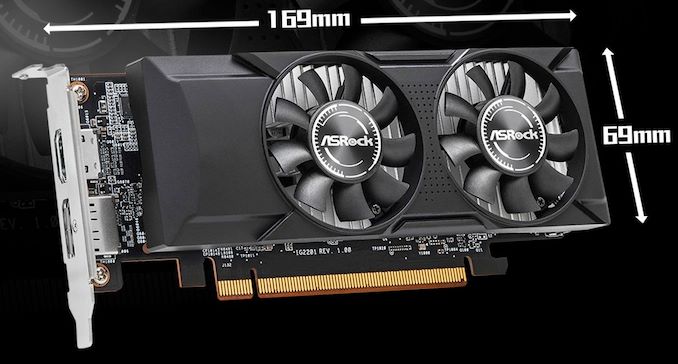

 Quote
Quote
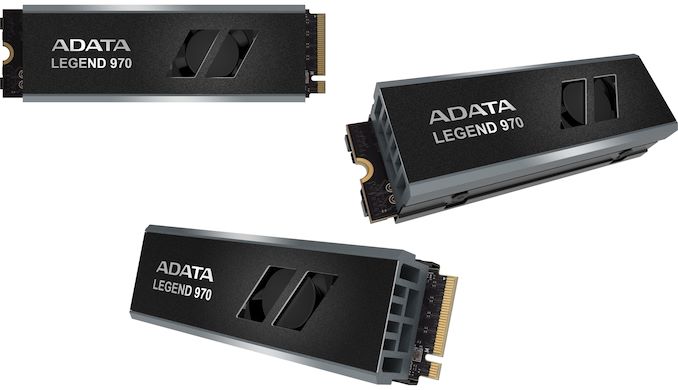
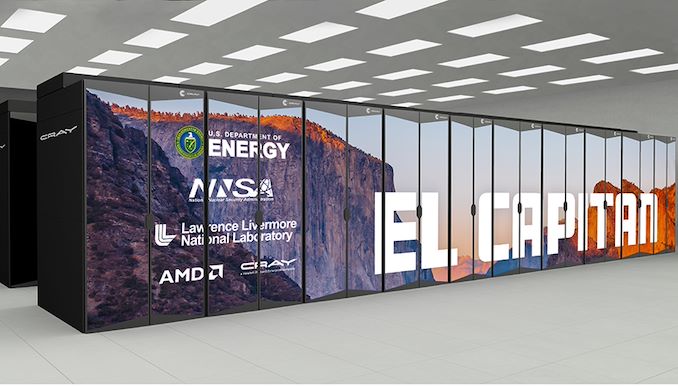


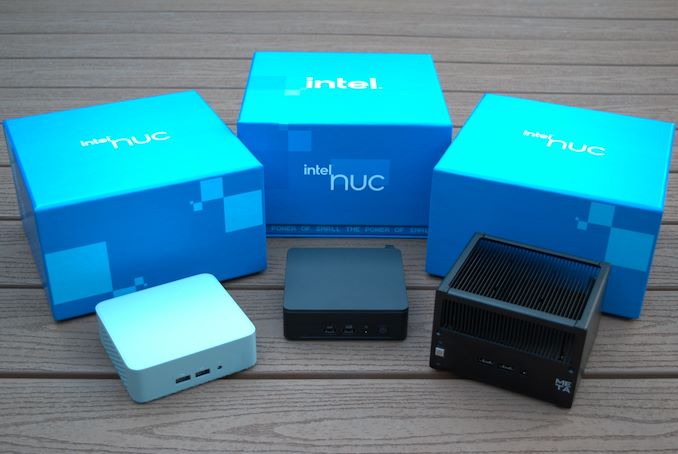
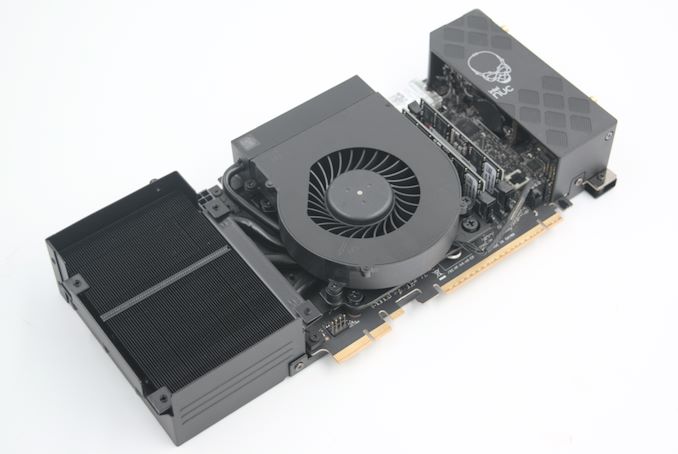
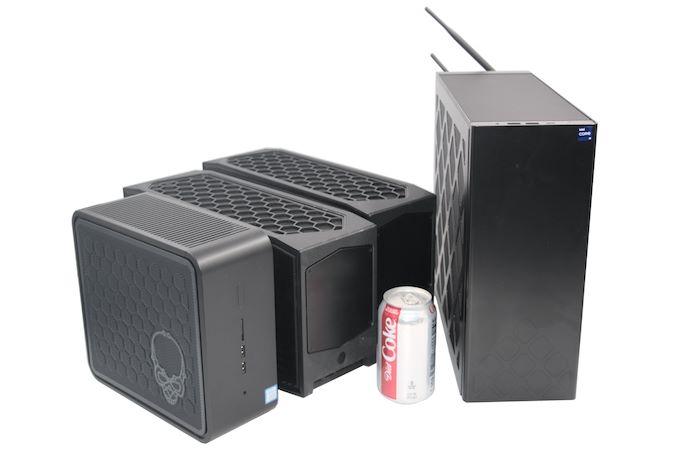

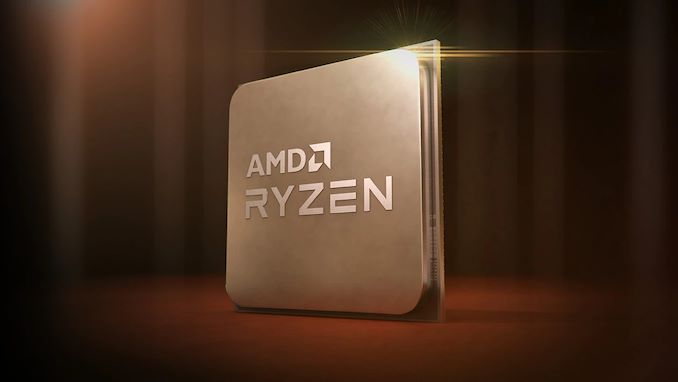

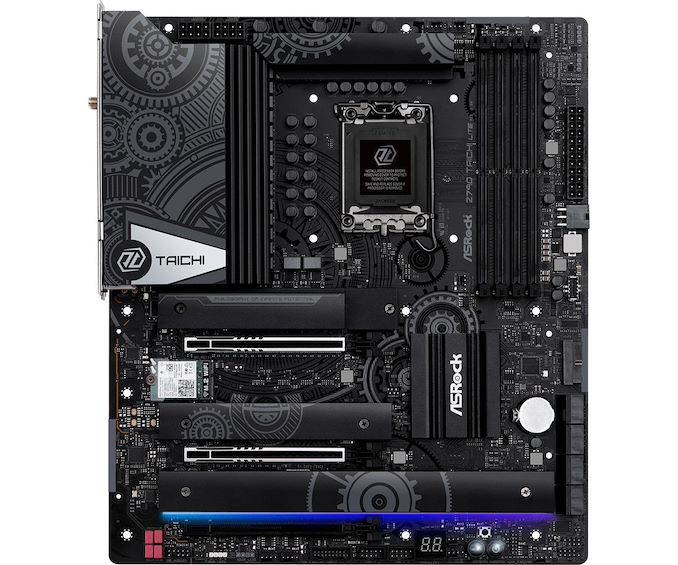
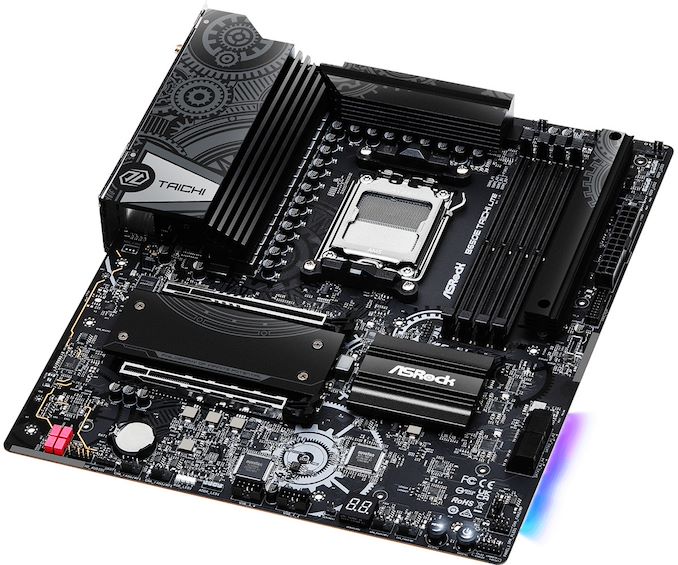
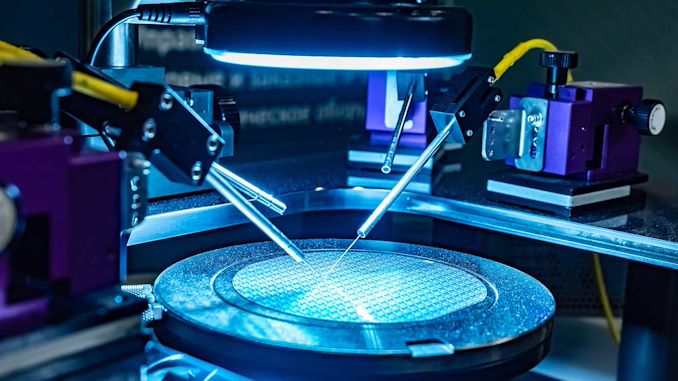

















Bookmarks